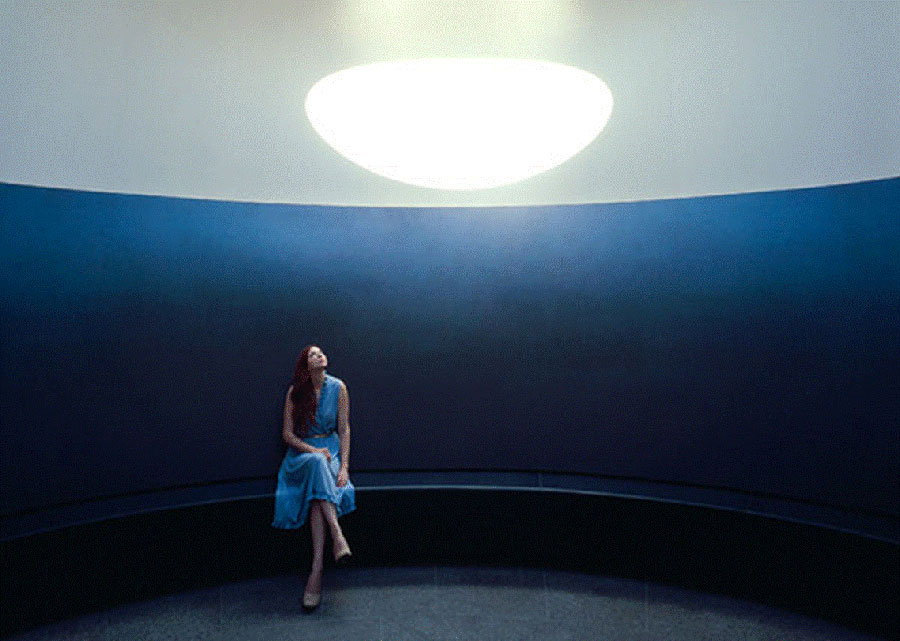Imagine walking into a room without any light switches or control panels, and watching as the lighting automatically responds to where you and others are in the space, as well as tasks being performed. With light that is “aware,” you wouldn’t need the switch or controls because a lighting designer, if you will, is “embedded” into the smart lighting system itself. In this scenario, an automatic, beam-steerable lighting control system provides an intelligent, autonomous solution for estimating room occupants’ ideal illumination profiles and “sculpts” the light accordingly without wasting light where it isn’t needed.

When it comes to creating appropriate illumination for a range of occupants, light fixtures and controls have come a long way. Still, today’s advanced lighting systems—often comprised of multiple fixture types, switches, user profiles and control panels—can be difficult to use. Further, controls that currently deliver light from multiple luminaires in real-time for specific activities are not adaptive, tunable, or are unable to deliver smooth lighting transitions without some type of human intervention.
Enter the Sculpt Program. Funded by the DOE’s Building Technologies Office, Sculpt brings together researchers from RPI’s Lighting Enabled Systems and Applications Center (LESA) and Center for Architecture Science and Ecology (CASE), as well as manufacturer Lumileds and design firm HKS, Inc., to develop a spatially adaptive, tunable lighting control system with expanded wellness and energy-saving benefits.
The aim of Sculpt is to address three main indoor lighting challenges: (1) static or fixed-profile light fixtures cannot dynamically place lighting only where it is needed; (2) tracking occupants with PIR motion sensors does not provide accurate activity specifications for added energy saving; and (3) the emerging use of color-tunable fixtures makes human control over the systems even harder.
“Just as the vision of a self-driving car will include an embedded expert driver, we are developing the concept of an embedded lighting designer for autonomous lighting systems,” says LESA Center Director Robert Karlicek. “The integration of advanced lighting systems, novel sensing platforms and embedded intelligent control, has always been part of the LESA vision. Once the lighting system is smart enough to optimize illumination, its knowledge base can be used to control other building systems removing control burdens from building occupants and managers that continuously learn how to further improve building energy efficiency, human comfort, productivity and well-being.”
The Rensselaer team is utilizing Microsoft Kinect and Unity, an open-source gaming engine, to develop the autonomous control system in a VR simulation environment. Lumileds is providing beam-steerable, color-tunable light engines for the project, and Rensselaer is developing the occupancy sensing and lighting control algorithms. HKS is contributing expertise in lighting simulations, energy use calculations, and circadian simulation tools that factor in the lighting’s spectral power distribution, occupant gaze and spectral reflectivity of room surfaces.
The completed system will be deployed in LESA’s Smart Conference Room for calibration and performance evaluation during 2022. Once deployed, the system is expected to serve as a testbed for the continued development of autonomous lighting and integrated building control systems—as well as a first glimpse at future sentient occupant-centric building management systems.
